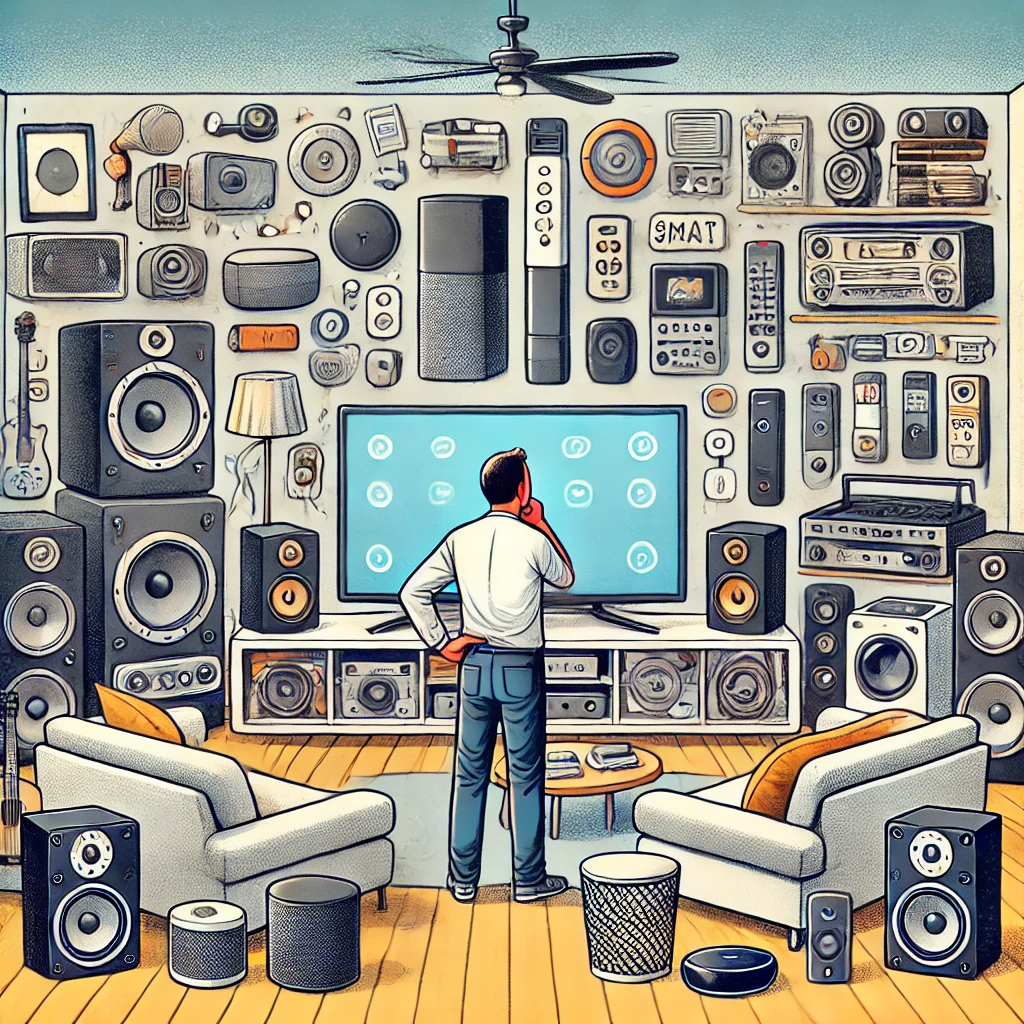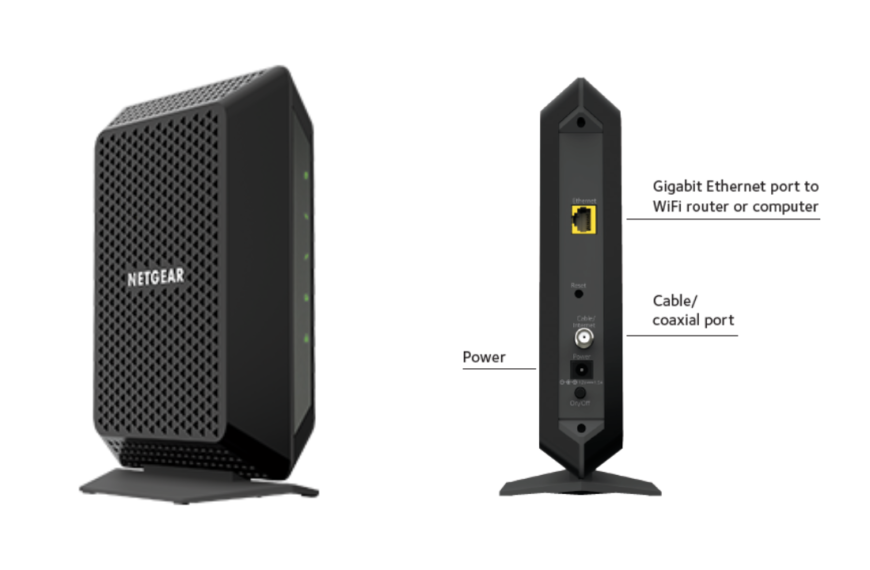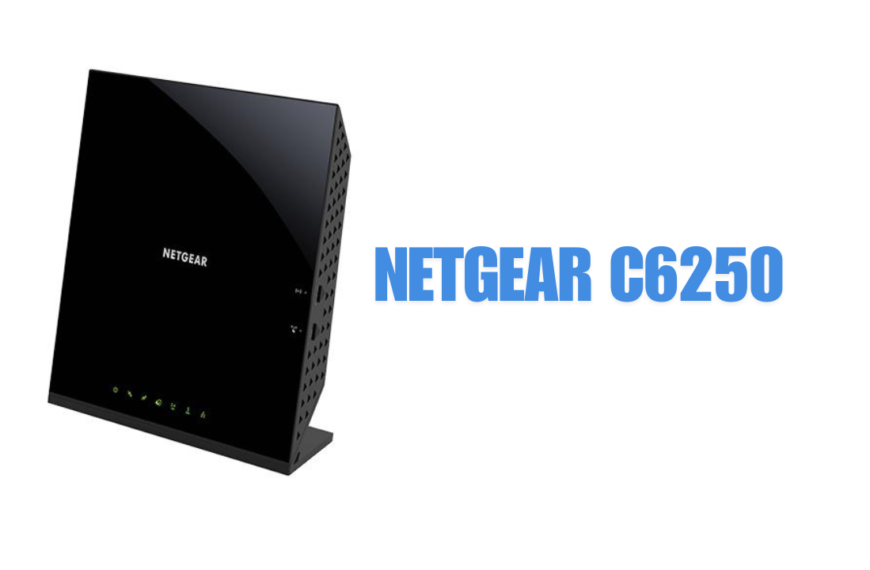As homes become smarter with the integration of new technology, many homeowners are finding themselves grappling with an issue that’s becoming increasingly prevalent: unsightly tech. From messy cables to bulky devices that disrupt the aesthetic flow of a room, technology is becoming a source of frustration rather than convenience for many people. In fact, a recent survey by Zen Internet revealed that a significant number of homeowners are unhappy with the visual impact of their gadgets. Despite the convenience and functionality of smart devices, the physical appearance of technology—particularly the wires, clunky designs, and the need for multiple extension leads has become a major bugbear.
This growing concern highlights a common dilemma: how to balance the benefits of smart tech with maintaining a stylish, organized home. As smart technology continues to advance, the question is, how can homeowners address the issue of “ugly tech” without sacrificing the benefits of connectivity, convenience, and innovation?
The Growing Presence of Smart Tech in Homes
In recent years, the number of smart devices in British homes has skyrocketed, transforming the way we live, work, and entertain. From smart speakers and thermostats to security cameras and lighting systems, more and more households are embracing the convenience of technology. On average, British homes now feature a staggering nine smart devices, with a growing reliance on these gadgets to enhance daily life. This increase in tech usage is not only changing the way we interact with our homes but also influencing their overall design and aesthetics.
Among the age groups that have adopted this trend, younger generations are leading the charge. According to the survey, individuals aged 16-25 own the highest number of devices, with an average of 10.07 gadgets per person. Those in the 35-44 age bracket also aren’t far behind, owning approximately 9.28 devices. With so many devices in play, it’s easy to see how the clutter of wires, extension leads, and visible tech can disrupt the harmony of home interiors.
As more smart tech is integrated into everyday life, it brings with it a challenge: how to maintain a clean, uncluttered living space while accommodating the growing number of devices. While these gadgets provide immense value in terms of functionality, their bulk and the mess they create can detract from the sleek, modern home aesthetics many homeowners strive for. The presence of so many devices in the home—often in visible locations—can leave rooms feeling cluttered, no matter how carefully curated the overall décor may be. This tension between functionality and style has become a growing concern for those looking to balance both.
Common Tech Eyesores in Homes
While smart technology undoubtedly brings convenience and innovation into the home, it also introduces a number of visual challenges. Some of the most common tech eyesores that plague modern interiors are wires, daisy-chained extension leads, and the bulky, plastic designs of certain devices. These elements not only impact the functionality of spaces but can also severely disrupt the aesthetic harmony that homeowners strive for.
Wires: The Biggest Culprit in Cluttered Interiors
Wires are often the first offenders when it comes to creating visual clutter. With multiple devices scattered throughout a home—whether it’s a laptop charger, TV cables, or the power cords for smart speakers—these tangled messes can quickly dominate a space. According to the Zen Internet survey, nearly 57% of homeowners cited wires as the most unsightly aspect of their tech setup. Visible cables not only create a sense of disarray but can also be dangerous, particularly in high-traffic areas where they pose a tripping hazard. Despite advancements in wireless technology, many devices still rely on cords for power, making the battle against messy wires an ongoing challenge.
Daisy-Chained Extension Leads and Their Effect on Home Design
Closely tied to the issue of wires is the use of daisy-chained extension leads. As homes increasingly rely on multiple devices but are often limited by the number of available power sockets, homeowners resort to extension leads to accommodate their growing tech inventory. However, this practice can quickly lead to tangled messes of wires that not only clutter floors and surfaces but also disrupt the flow of a room’s design. With extension leads snaking across the floor or along walls, they can make spaces feel cramped and disorganized. The visual chaos that comes with daisy-chaining extensions is one of the top complaints from homeowners who want to keep their interiors clean and streamlined.
Clunky Plastic Designs of Certain Devices
Another common tech eyesore is the bulky, often unattractive plastic design of many devices. While functionality is the primary concern when designing smart tech, aesthetics sometimes take a backseat. Devices such as routers, security cameras, and old-fashioned speakers are frequently encased in bulky plastic, which can stick out like a sore thumb in a well-curated room. About 30% of people in the survey expressed frustration with the “clunky” appearance of such gadgets. These gadgets can look out of place in modern interiors, especially when they fail to blend seamlessly with other furniture or decor. As homeowners embrace cleaner, minimalist designs, the presence of these utilitarian devices can feel at odds with the overall design vision.
Together, these tech eyesores—wires, extension leads, and clunky designs—highlight a growing concern for homeowners who are trying to maintain an aesthetically pleasing environment while embracing the conveniences of smart technology. Balancing the functionality of devices with the need for cohesive, tidy interiors has become an ongoing challenge in the modern home.
Homeowners’ Desire for Sleeker, Integrated Tech
As technology continues to infiltrate every aspect of our lives, homeowners are increasingly demanding that their devices blend more seamlessly into their living spaces. The Zen Internet survey revealed that a significant 70% of respondents wish for tech to be either built into the fabric of their homes or designed in a way that makes it aesthetically pleasing enough to be displayed proudly. This reflects a broader shift toward smarter, more elegant solutions that don’t disrupt the overall design of the home.
The desire for sleek, integrated tech is not just about functionality; it’s about creating a harmonious living environment where gadgets and appliances don’t detract from the beauty of the space. Instead of cluttering surfaces with visible devices or dealing with the inconvenience of unsightly wires, many homeowners hope for smart technology that blends effortlessly with the design of their homes. This could mean hidden tech built into walls or furniture, or gadgets that have been thoughtfully crafted to complement the decor, such as minimalist smart speakers or TV screens that double as art pieces when not in use.
Predictions for the Future of Connected, Voice-Controlled, and Emotion-Adaptive Homes
Looking ahead, the future of home technology is filled with exciting possibilities. Nearly half (45%) of the survey participants believe that, within the next two years, all of their gadgets will be connected and controlled by a central master device. This vision of a fully interconnected home would allow homeowners to control everything from lighting and temperature to entertainment and security with a single interface, making life simpler and more efficient.
Furthermore, the integration of voice commands is set to play a major role in the evolution of smart homes. Around 31% of those surveyed predict that we’ll be using voice assistants to manage our homes more seamlessly. Imagine asking your home to adjust the lighting based on the time of day, change the temperature to your preferred setting, or even start playing your favorite music—all without lifting a finger. Voice-controlled devices promise to revolutionize how we interact with our homes, creating a more intuitive and hands-free experience.
Additionally, some homeowners are looking even further into the future, with 17% predicting that their homes will adapt to their emotions. This means that, in the coming years, smart technology could read and respond to your mood, adjusting the environment accordingly. For example, lighting and sound could automatically change to create a calming atmosphere when you’re stressed, or your home could brighten and energize when you’re feeling upbeat. This emotion-adaptive technology would take personalization to a new level, ensuring that your living space not only serves your functional needs but also supports your emotional well-being.
As these predictions become reality, it’s clear that the tech of tomorrow will no longer be just functional it will also be a seamless part of the home’s design. Homeowners will no longer need to hide or hide away their devices; instead, they will be integrated into the overall aesthetic of the home, enhancing both the design and the daily living experience.
Megan Baker’s Tips for Smarter Tech Integration
As technology continues to evolve and play a central role in our homes, integrating it seamlessly with your interior design becomes a necessity. Megan Baker, an interior design expert, shares practical advice on how to organize and enhance the presence of tech without sacrificing the aesthetics of your living space.
Zone Your Technology
One of the most effective ways to manage the clutter that technology can create is by zoning your home into dedicated tech areas. By designating specific spaces for your gadgets, you can prevent your home from feeling overwhelmed by cables, devices, and remotes. For example, a dedicated home office or entertainment zone for tech-related devices such as laptops, smart speakers, and consoles will ensure that everything has its place. On the other hand, creating “device-free zones” in your home—such as in the bedroom or dining areas—can help maintain a peaceful atmosphere.
For those looking for stylish solutions, Megan recommends investing in functional furniture, such as media units with hinged doors or baskets and boxes to store devices. These can hide gadgets out of sight while allowing easy access when needed. Console desks that fold away are a great option if space is tight, offering a clutter-free environment when not in use. These clever solutions ensure that the functionality of technology is maintained without compromising on the overall design of your home.
Seek Out Stylish Technology
In the quest to blend technology into home décor, it’s important to choose devices that can double as design pieces. As tech becomes more streamlined and stylish, homeowners have the opportunity to select gadgets that serve both form and function. For instance, picture-frame TVs, when not in use, can act as works of art, blending seamlessly into the wall and transforming into a design feature. Similarly, tech products like the Sonos lamps, which combine a stylish table lamp with a high-quality speaker, help minimize the clutter without sacrificing aesthetic appeal.
Another simple solution for making your tech blend into your home is to paint the wall behind your TV or smart speaker a darker color. This allows the device to fade into the background, making it less of a focal point and more of a subtle addition to the room. By choosing tech that complements your existing décor, you can keep the focus on your home’s design rather than its gadgets.
Mounting Technology
Wall-mounting tech devices is a brilliant way to declutter your living spaces and create a sleek, modern look. Mounting your TV, speakers, smart devices, and security cameras keeps your surfaces clear, making the room feel more open and tidy. For even more refined integration, consider recessed mounting for TVs and speakers. This approach hides devices in the wall, leaving no wires visible and ensuring a wire-free, sophisticated finish.
Additionally, mounting security cameras high up on walls not only declutters surfaces but also optimizes their functionality. High placement ensures better coverage of the area and keeps the cameras out of sight while still maintaining security. For a less permanent solution, use mounts that effectively plug in devices and hide any associated wires behind the wall or furniture.
Simplify Your Tech
One of the most effective ways to reduce clutter in your home is by simplifying your tech setup. Evaluate whether you really need all the devices in your home and consider eliminating redundant ones. For example, a universal remote can replace multiple remotes, while an Xbox console can serve as both a gaming device and a Blu-ray player, reducing the need for extra gadgets. By decluttering and streamlining your technology, you’ll not only create a cleaner environment but also enhance the efficiency of your home.
Get Gadgets for Your Gadgets
Once you’ve simplified your tech, it’s time to organize those cables and wires that often contribute to clutter. There are a variety of cable management tools, such as clips, ties, and cord organizers, that help keep your wires neat and hidden. Pinterest is a great resource for inspiration and DIY ideas on how to get your tech organized. From cable clips to stylish storage solutions, you’ll find plenty of options to create a tidy, efficient space. With a little planning and the right tools, you can ensure that your gadgets stay organized and your home remains clutter-free.
Show Your Router Some TLC
While routers are often the least obtrusive tech in the home, they still require thoughtful placement to ensure optimal performance. Instead of hiding your router out of sight, Megan recommends making it a design feature. Place your router in a stylish basket or display it behind a “faux book” setup to integrate it into your home’s design. Alternatively, consider mounting it on a wall or placing it in a corner near the ceiling. Not only will this keep it out of sight, but it could also improve your Wi-Fi signal strength, as the router will be more centrally located and less obstructed.
Positioning your router properly is key to ensuring you get the best Wi-Fi performance. While it may be tempting to tuck it away in a cupboard or behind furniture, this can interfere with signal strength. Instead, find a balance between functionality and aesthetics by giving your router the attention it deserves while maintaining your home’s design integrity.
By following Megan Baker’s tips, homeowners can find the perfect balance between functionality and aesthetics, ensuring that their tech enhances their living spaces without compromising on style. With clever zoning, stylish devices, and efficient organization, your home can embrace the convenience of smart technology while still feeling calm, organized, and beautifully designed.
Zen Internet’s Advice on Router Placement
When it comes to integrating smart technology into your home, one of the most important—but often overlooked—pieces is your router. Zen Internet, a provider of high-quality broadband services, offers valuable advice on router placement that can significantly affect the performance of your Wi-Fi. While it may be tempting to hide the router away in a cupboard or tucked out of sight, doing so can actually impede your network’s signal strength, leading to slow speeds or spotty connectivity.
To get the best performance from your Wi-Fi, the key is to place your router in a central location. This ensures that the signal can reach every corner of your home without interference. Avoid placing the router near large metal objects, thick walls, or electronic devices that could disrupt the signal. High traffic areas, such as living rooms or hallways, are ideal spots for routers as they allow the signal to travel more freely. Additionally, positioning the router off the floor—on a high shelf, for example—can help distribute the signal more evenly across the space. These simple placement strategies can make a world of difference in your home’s connectivity, ensuring a seamless smart tech experience without Wi-Fi hiccups.
The Future of Smart Tech Design
As the demand for smart homes continues to rise, homebuilders and tech companies are working hard to integrate technology into residential spaces in ways that blend seamlessly with the design of the home. Future homes are likely to feature technology that is built directly into the walls, floors, and ceilings, making it almost invisible while still providing all the functionality homeowners desire. From embedded speakers and lighting systems to smart refrigerators and voice-controlled heating, the future of home technology is about making devices an integral part of the living environment, rather than adding bulky gadgets that disrupt the aesthetic flow.
As smart tech continues to evolve, homeowners can expect even more advanced devices that not only perform their functions efficiently but also adapt to the home environment. For example, emotion-adaptive tech could adjust lighting or room temperature based on the mood of the inhabitants, while voice-controlled systems will become even more intuitive and integrated with the house’s architecture. These innovations will continue to simplify and enhance everyday life, transforming homes into smart, connected living spaces. With brands and builders embracing these trends, it’s clear that the future of home design will be centered around creating sleek, functional spaces that are effortlessly integrated with advanced technology.
Conclusion
As smart technology becomes an increasingly essential part of modern homes, the challenge for homeowners is finding a balance between functionality and aesthetics. The frustration over unsightly wires, clunky devices, and extension leads is real, and it’s clear that a shift toward sleeker, more integrated solutions is in demand. The Zen Internet survey highlights a growing desire for technology that blends effortlessly into home design, with predictions that future homes will feature seamlessly integrated systems, controlled by voice or even adaptive to our emotions.
Megan Baker’s practical tips offer actionable solutions for today’s homeowners, from creating dedicated tech zones and seeking out stylish devices to simplifying tech setups and organizing cables. By thoughtfully considering the placement of key devices like routers and embracing the potential of smart technology, homeowners can reduce clutter without sacrificing connectivity.
Looking ahead, the future of home tech is bright. As homebuilders and tech companies continue to innovate, we can expect an evolution toward smarter, more aesthetically pleasing devices that enhance both the functionality and beauty of our living spaces. For now, with a little creativity and organization, it’s entirely possible to create a home that’s both connected and visually appealing, with technology working seamlessly in the background rather than standing out as an eyesore.
















